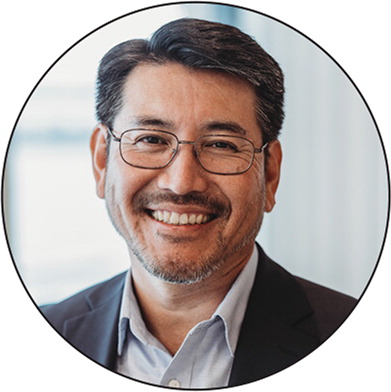
Am Fam Physician. 2025;111(2):176
Author disclosure: No relevant financial relationships.

1:00 pm
After a busy morning in clinic at the Federally Qualified Health Center, I am on a call with our health plan quality improvement team to discuss how to increase rates of early entry into prenatal care. I describe the workflows in my clinic for becoming a new OB patient, the lack of open appointments, and other barriers our patients face.
2:05 pm
I listen as the nurse care manager presents the case of a 4-year-old child with six emergency department visits in the past 2 months for asthma. The child has been prescribed albuterol and an inhaled corticosteroid, but the medications have not been filled. A case worker has attempted to visit the home but the mother refused to let her in. We agree to send a community health worker to their home and discuss the possibility of involving Child Protective Services.
2:33 pm
Next, I hear about a 46-year-old man with severe chronic hidradenitis of his axillae. His housing situation is unstable. He has a history of substance use disorder and depression and has been to the emergency department three times this month for pain and drainage. He had surgery 1 year ago, but his surgeon is no longer in the insurance plan's network. I authorize the patient to see his out-of-network surgeon.
2:45 pm
The final case presented is a 12-month-old baby who was born at 24 weeks' gestation. The baby is dependent on a ventilator and has a percutaneous endoscopic gastrostomy tube for feeding. The baby went home from the NICU 1 month ago with private duty nursing 16 hours per day. The parents are requesting more hours of private duty nursing. The baby needs suctioning and feed adjustments, but they may only qualify for 8 hours of private duty nursing per day. The team discusses what services are available to support the family.

8:00 am
A 22-year-old pregnant Swahili-speaking patient comes to the outpatient family medicine clinic with severe nausea and vomiting, which has resulted in a 10-lb weight loss. Tearfully, she questions her ability to continue her pregnancy due to these disabling symptoms. I hope that I am up to speed on changing laws and local resources as we work on potential solutions.
10:45 am
A 32-year-old refugee presents with a healed Colles fracture. Splinting and casting were not available at the time of his injury, resulting in pronounced deformity and pain. I find an orthopedic colleague with reconstruction experience who can help this patient reach his goal of returning to work.
11:20 am
A 40-year-old Nepali-speaking patient presents with amenorrhea. She had a recent miscarriage, and her HCG levels are still positive. POCUS reveals a 3-cm × 4-cm mass consistent with retained products of conception. It is a struggle to review treatment options via a phone interpreter. Medical management requires clarification and discussion with the pharmacy.
3:10 pm
I am grateful for the returning hope I see in a 38-year-old woman recently diagnosed with fibromyalgia. Her last visit was challenging; she expressed frustration with feeling abandoned by the medical system. Today, her pain is improved after starting duloxetine and receiving trigger point injections.
10:30 pm
A resident calls to discuss a 31-year-old man with hemorrhagic pneumomediastinum from esophageal rupture. He was diagnosed with severe esophageal erosions 1 month ago but was unable to treat them with proton pump inhibitors because of homelessness, drug use, and mental illness. He declines invasive treatments and is admitted for palliative care.
